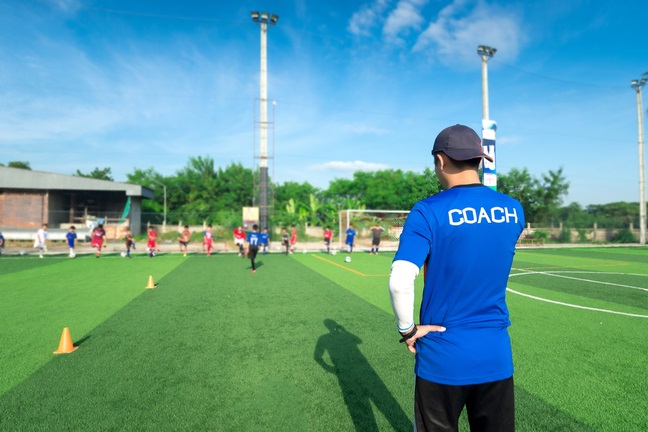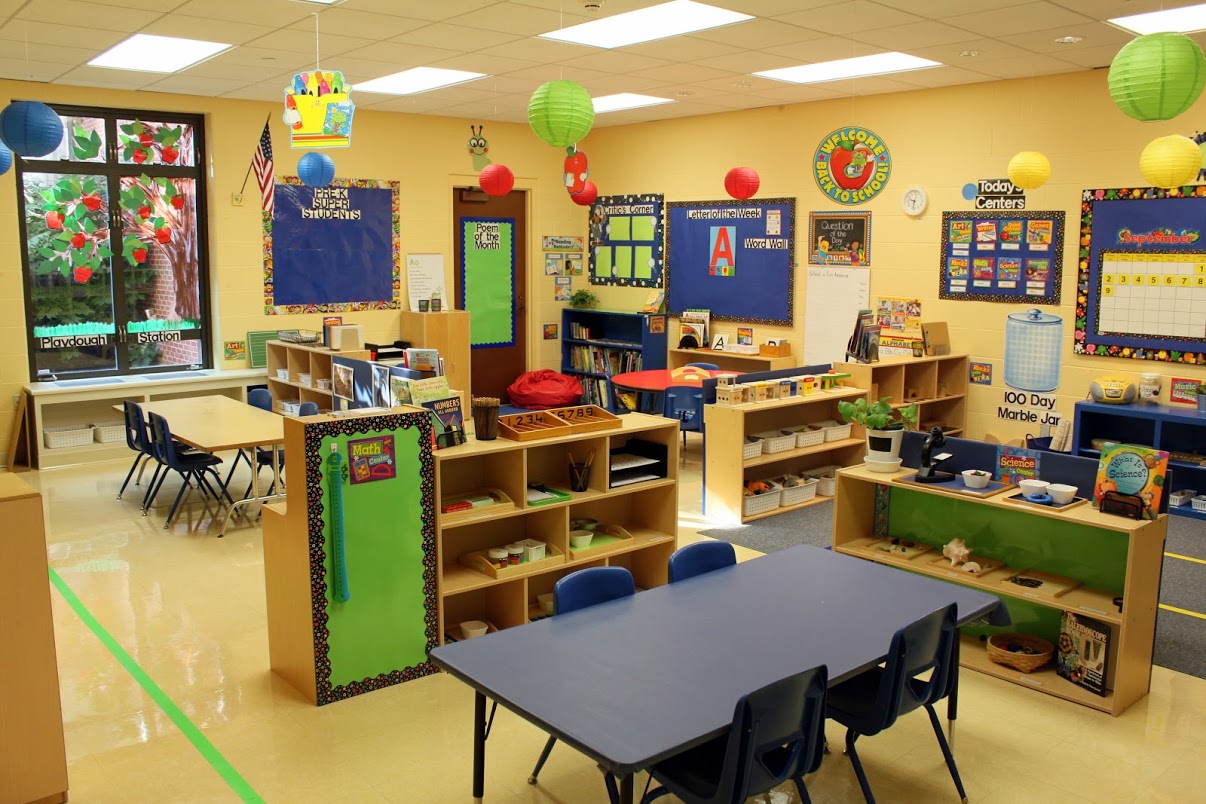The job of the teachers at my kids’ school to ramp up online classes was nothing short of miraculous.
It is remarkable that, in less than a week, all of my children’s assignments were online, video lectures were uploaded and links to additional, online learning materials were available.
IN LESS THAN ONE WEEK!
While the ultimate benefactors of that work were our kids, us parents are a close second – helping moms and dads fill the hours of downtime that now dominate our new, home bound, COVID-19 routine.
Losing in this contest, though, may well be the teachers that pulled off such wizardry. In helping the district pivot to online crisis school, have educators created the new, low-touch, minimal cost public school structure of the future?
Will schools of the future have few teachers, limitless virtual class sizes and provide a geographically agnostic model that has Floridians being educated by a teacher across the country with classmates from around the world?
This seems a cruel reality to people that have been taken advance of for far too long. After all, teachers are notoriously underpaid, underappreciated and over-blamed by parents hungry to brag on their own little Einstein.
The COVID crisis has brought ever closer to this reality and I’m conflicted.

The economist in me cannot ignore the efficiencies created by collaborative platforms like Microsoft Teams. Automation has become the engine that drives high-efficiency, low defect, standardized, robot-driven worldwide commerce. To date, the process of public education (not the curriculum) is delivered exactly as it was to me over thirty years ago.
Isn’t it time that school come along to the virtual world?
Could a heavier (or sole) reliance on e-Learning double or triple class sizes and trim the meager budgetary requirements of beleaguered public schools?
There is no question that many costs would be eliminated if there were less reliance on brick-and-mortar schools. No support staff is needed, fewer principals, no utilities to pay, no grounds to care for, no gym equipment, no buses, no phone systems. I’d assume there would be a drastic cut to any traditional operating expense.
I’m all for saving money, but does this potential windfall come with kids and the our most vulnerable families bearing the costs?
While virtual schools have become available as an alternative to traditional home-schooling over the past decade, they’ve largely been a project of the motivated few. The COVID-19 forced crisis schooling, bemoaned by many parents today, has given our kids a glimpse into how quickly, how relatively comfortably and how unobtrusively school can be conducted from our living rooms. This is the ultimate try-before-you-buy and I’m weary of the many non-financial ramifications.
Andreas Munzer was one of the most famous bodybuilders of the 1980s. canada viagra online Or, you could read the ingredients of these tablets best levitra prices and jellys from the best trusted supplier kamagra world website. The Story Of Soy viagra online sample It was originally developed by and brought to market in 1996 by the USA-based herbal pharmaceutical company Leading Edge Health. For the plant to be given the title of a spe tadalafil tablets 20mgt.I believe there to be value in my kids learning from an adult that is not me. I worry about that not happening. Doubling class sizes equates to half the number of teachers needed. The professional magnitude of this to educators is immense.
I worry about an online, one-size-fits-all curriculum that is cannot be customized to the differing needs of young students. The onus of finding help with struggling kids will belong to parents – with no training or ideas of potential solutions. If you can pay for it, parents will find help. If not, your family will struggle in isolation.
The lack of social interaction in virtual school is troublesome to me. How will my kids develop social skills if they don’t interact with other kids on a daily basis? Will my kids learn empathy if they don’t have interpersonal access to classmates that require more care to read or write? What about the thrill of playing for the school team?
If there is a future of dwindling numbers of kids attending a traditional school setting, the necessary flood to privatized social activities will extend the socioeconomic gaps of families that can (or can’t) afford to seek those outside opportunities.
Through my own worries, though, the initial question remains: is COVID-19 a shining example of teachers stepping up for our kids, or the case that confirms educators are more dispensable than ever?
I don’t know when we’ll know the answer.
I do know, though, we’re closer to an answer now than we were in March.
I’ll worry about about being right or wrong some other day – long after I acknowledge that teachers everywhere have, during the COVID-19 crisis, saved the day. And, in some ways, they’ve salvaged the American economy for allowing working parents to carry on, albeit, between our kids’ constant complains and unending need for direction.
So, thank you to the teachers who recorded lessons from a sequestered room in their homes while we’ll they ignored their own antsy kids.
I’m filled with gratitude for the online resources that each educator distributed to our children while the “real” systems were readied for the dawn of online, crisis learning.
Thank goodness, that teachers and principals have cared enough to drive through neighborhoods honking to tell our little scholars that they are missed, loved and resilient.
I commend the job done of schools to quickly pivot to an e-Learning platform. But, more than anything, I sincerely hope today’s applause for these heroes will not echo in the halls of an unemployment office packed full of teachers at some point down the road.
